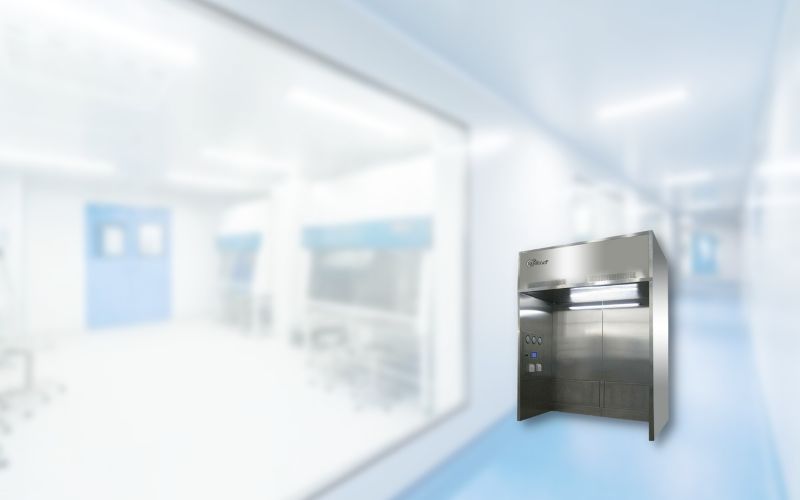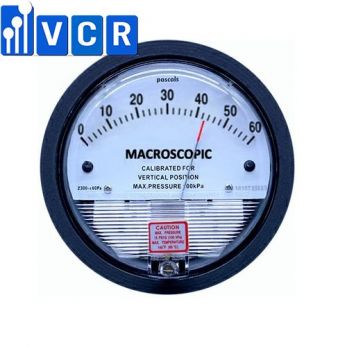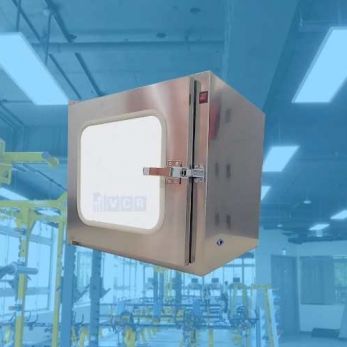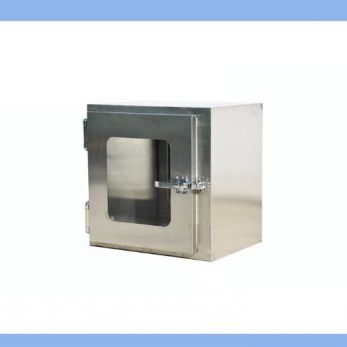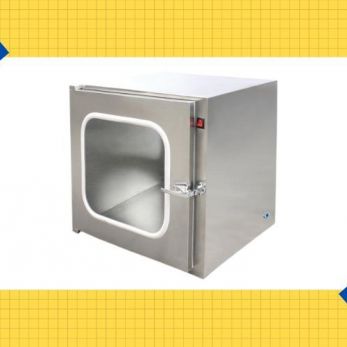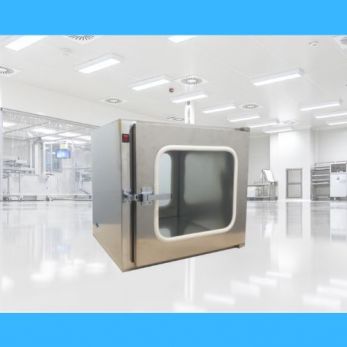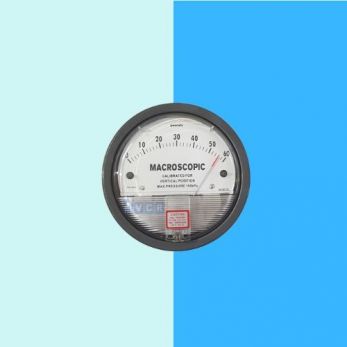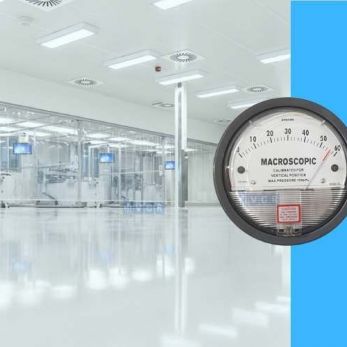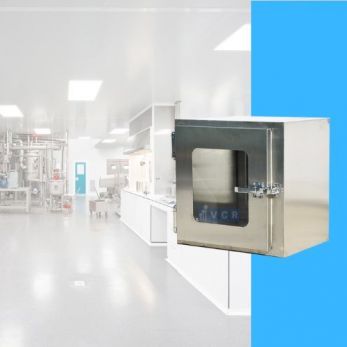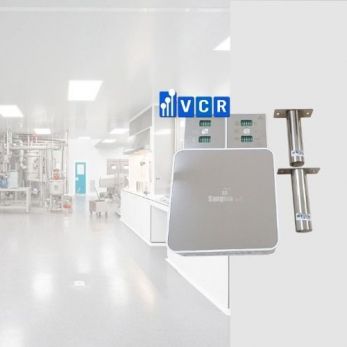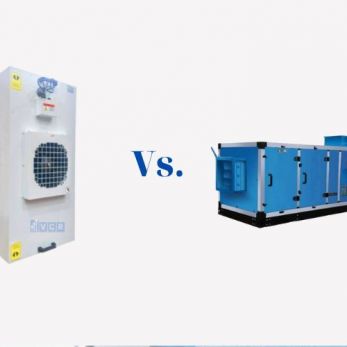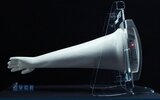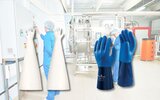Why is it important to maintain negative pressure in dispensing booth?
Dispensing booth also known as downflow booth can provide a working environment with Class 100 cleanliness. Dispensing booths are commonly used in pharmaceutical factories, microbiology research laboratories, etc. The dispensing booth can provide a
Dispensing booth (sampling or weighing booth) can provide a working environment with Class 100 cleanliness. Dispensing booths are commonly used in pharmaceutical factories, microbiology research laboratories, etc.
The dispensing booth can provide a vertical unidirectional airflow to create negative pressure in the work area, prevent cross-contamination and ensure a highly clean environment in the area. Partitioning, weighing, and dispensing materials inside this chamber can control the spillage of dust and reagents.
The dispensing booth prevents humans from inhaling harmful dust and materials while avoiding cross-contamination of dust and protecting the environment outside the chamber.
1. Negative pressure applications in cleanroom
Negative pressure cleanrooms are used to isolate harmful substances and dust particles inside the cleanroom environment, protecting the space outside the cleanroom. In general, the goal of using negative pressure in cleanroom is to keep any possible contamination from escaping the cleanroom.
They are widely used in medical cleanrooms, for medical research, testing, and development of treatments using substances harmful to the environment.
Pharmaceutical applications also use negative pressure in cleanrooms as part of manufacturing technology. A clean room is kept at a lower pressure, while the buffer room is maintained at a slightly higher pressure. This allows staff to move into the negative pressure room without spreading contamination to the outside.
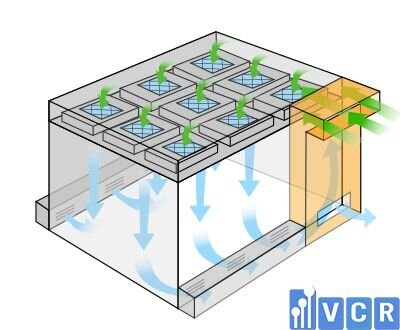
2. Why is it important to maintain negative pressure in dispensing booth?
Dispensing booth is mainly used in pharmaceutical manufacturing plants for materials sampling, weighing, and analysis. Therefore, the negative pressure environment will help prevent powder from flying outside.
To prevent the operators from powder contamination, it is necessary to create a negative pressure environment. The air inside the dispensing booth will not be spilled out and the outside air can go inside.
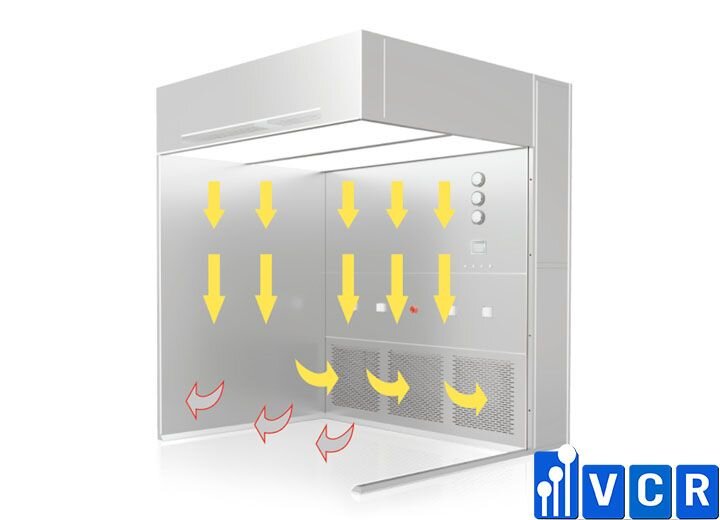
In addition to maintaining a negative pressure environment in the dispensing booth, the air velocity of the air flow in it must also be strictly controlled. If the air velocity is too high, the reagents and dust will be ejected, destroying the dynamic balance. As a result, neither isolation nor protection can be achieved.
3. How to maintain negative pressure in dispensing booth?
Dispensing booth is important cleanroom equipment in the pharmaceutical industry, effectively isolating and protecting the weighing and dispensing of drugs and reagents, protecting the operator and the production environment from contamination.
The negative pressure environment of the dispensing booth is mainly maintained by the air supply system and the return air system. The air supply system of the air handling unit will bring air into the work area with a certain air velocity (~0.45 m/s).
The return air supply system filters the polluted air generated by internal production activities. One flows back to the fan, the rest is discharged to the outside of the chamber (approximately 10% of the exhaust air). The part flowing back to the fan continues circulating. The exhaust air will create negative pressure. Thereby, the negative pressure environment in the weighing chamber can be maintained at all times.
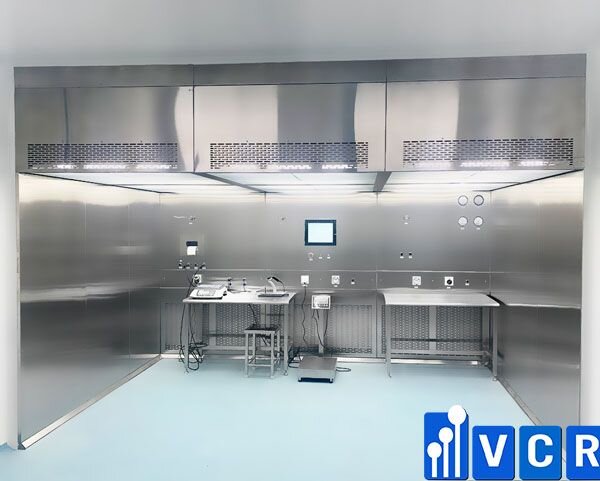
Let's look at the structure of dispensing booth. Dispensing booth has a fan and filter system on the back of the chamber. The fan pushes clean air down to the work area as well as sucks the air at the bottom through the pre-filter and fine filter. This circulating air will create a continuous negative pressure inside the dispensing booth.
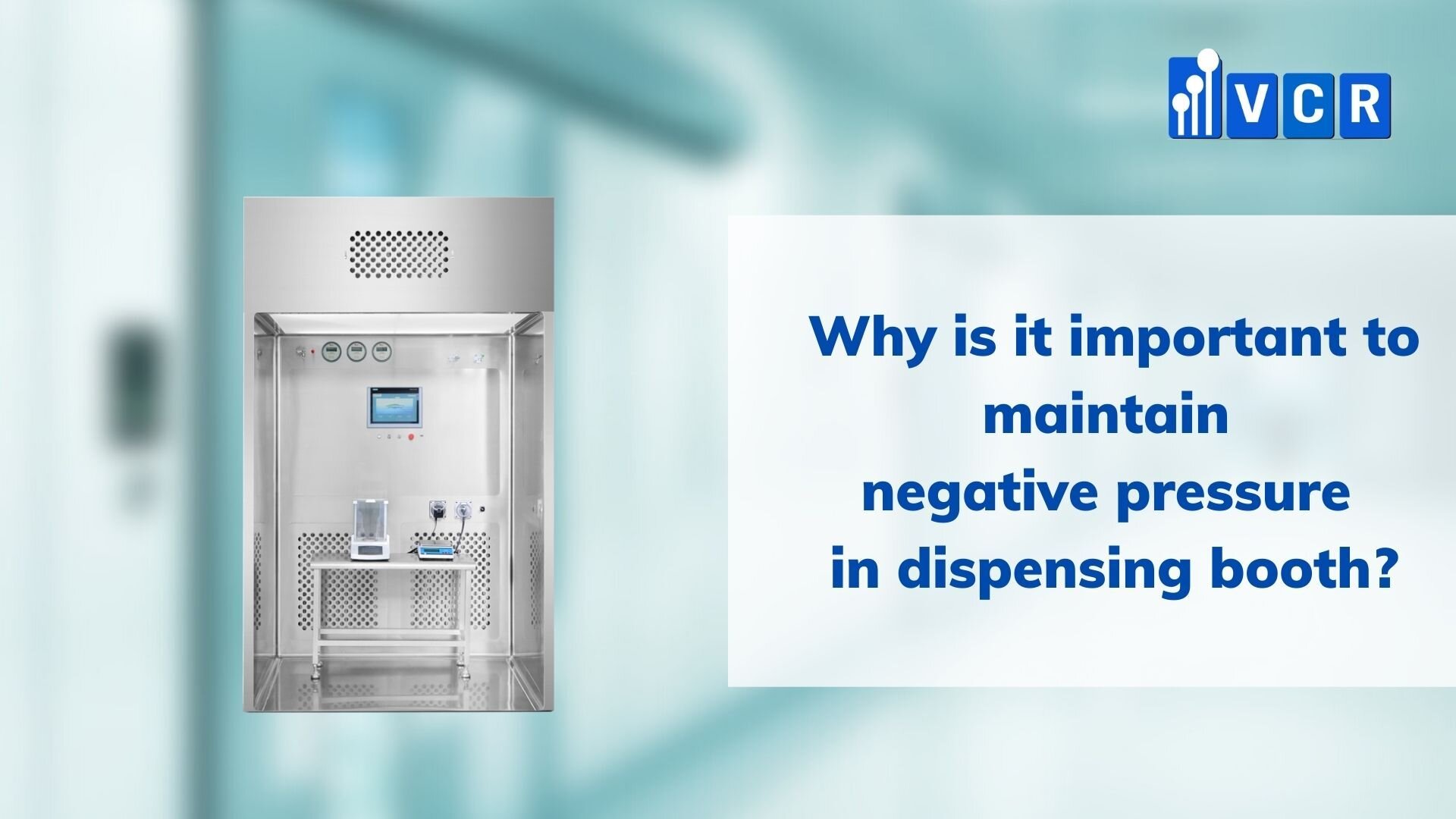
Vietnam Cleanroom Equipment (VCR) specializes in providing dispensing booths (downflow hood, sampling or weighing booth) for contractors in Vietnam. We provide high-quality products with competitive prices and large quantities nationwide.
For details, please refer to Vietnam cleanroom equipment official website
https://en.vietnamcleanroom.com
Or contact us via hotline: +84 90 123 7008 / +84 90 123 9008






